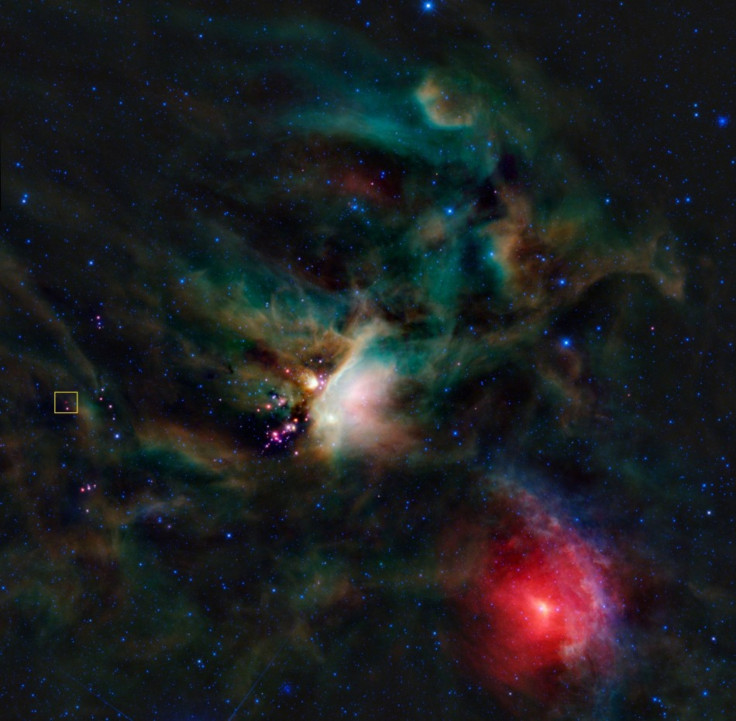Sugar In Space: Astronomers Find Sweet Spot In Ophiuchus Constellation

Astronomers have found a sweet surprise waiting for them about 400 light years away.
In the stellar nursery near the star Rho Ophiuchi, located in the constellation Ophiuchus, researchers from the Niels Bohr Institute detected signatures of the simplest possible sugar in nature, glycolaldehyde. Glycolaledhyde is a stepping stone in several key chemical reactions, including the formose reaction, which begins with formaldehyde and ends with the production of sugars.
"It is one of the building blocks in the process that leads to the formation of RNA and the first step in the direction of biology," astrophysicist and Niels Bohr Institute professor Jes Jorgensen said in a statement on Wednesday.
Jorgensen and his colleagues reported their find in Astrophysical Journal Letters.
Scientists have found glycolaldehyde in two other sweet spots in space: the vast cloud of gas called Sagittarius B2, located near the center of the Milky Way; and another region 26,000 light years away from Earth with the highly memorable name of G31.41+0.31.
The star-forming cloud in the Rho Ophiuchi region is a rather frigid 10 degrees above absolute zero, which is the equivalent of roughly 460° Farenheit. Gases like carbon monoxide and methane are frozen, allowing them to interact in ways they normally wouldn't be able to interact. After a star is born, its heat warms the surrounding area of cloud and causes the dust to evaporate.
Then, more than two quadrillion miles away and hundreds of years later, Jorgensen and his colleagues can read the radio waves emitted by the evaporated gas with the Atacama Large Millimeter Array telescopes, located in Chile.
The discovery could help scientists determine whether the essential ingredients of life like sugar are commonly made early on in the formation of planets and stars, and at what point they usually become integrated into newborn planets.
"The complex molecules in the cloud surrounding the newly formed star tell us that the building blocks of life may be among the first formed," Jorgensen says. "This could potentially tell us something about the possibility that life might arise elsewhere and whether precursors to biology are already present before the planets have been formed."
SOURCE: Jorgensen et al. "Detection of the simplest sugar, glycolaldehyde, in a solar-type protostar with ALMA." Ap J in press.
© Copyright IBTimes 2024. All rights reserved.





















